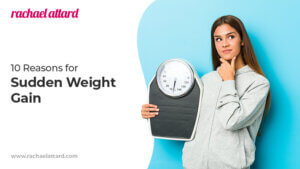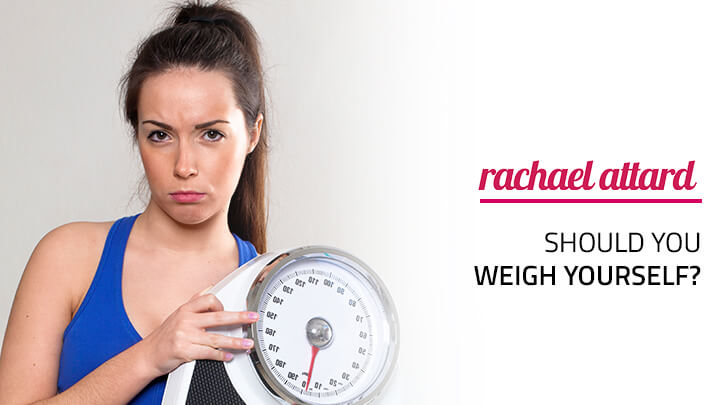How To Track Your Progress

Usually most people track their progress by stepping on the scales. This can be misleading because muscle actually weighs more than fat. So you may have lost fat and gained muscle and the scales say you weigh the same (or more!) than before, when really you are in much better shape now. It can really be a mind game!
There are much better ways to track your progress. There are methods to track how your physical appearance has changed, as well as your fitness, endurance and strength.
Here are some of my favourites, which you can do yourself.
1. Girth measurements
Taking body measurements is a great way to assess fat loss and any changes in your body. However, these may not be the most effective if you are already very lean.
The most common places to measure are waist and hip. For females, you waist measure should be below 80cm and for males, it should be below 94cm.
Other body parts to measure include upper arm, bust/chest and thigh. I recommend taking measurements every 2-4 weeks, depending on how quickly your body is changing.
2. Progress photos
Progress photos are the best! Sometimes you don’t feel like you are making much progress, but then you look at old photos and think, oh I really do look different! It can really help motivate you. So make sure you are taking progress photos.
Take a progress photo at the start (don’t worry if you’ve already started, just take one now!). Take a photo front on, side on and from behind. Take regular progress photos every 2-4 weeks, depending on how quickly your body is changing.

3. Resting heart rate
As your fitness increases, your resting heart rate will decrease. This is a good thing! You want your resting heart rate to be low.
To count your resting heart rate, make sure you are relaxed and have not had any caffeine. Count your pulse for 30 seconds and multiply by 2. This is your resting heart rate.
Typically a “normal” resting heart rate is anything between 60-90, however I think 90 is a little high. If you are fit, it is normal for your to have a resting heart rate much lower than 60.
4. Step up test
This test is used to assess your cardiovascular endurance. If you have been working on your cardiovascular fitness, then this is a great test for you.
How to do the step up test:
- Before you start, take your resting heart rate
- Step up and down on a bench 40cm high for a period of 3 minutes
- Immediately after finishing, measure your heart rate for 60 seconds.
The fitter you get, the lower your heart rate will be after completing the step ups. For females, anything between 109-122 is considered normal and for males, anything between 100-113 is considered normal. If you are lower than this, then you are super fit!
5. Push-up test
This test is used to assess your muscular endurance. If you have been doing resistance training with high repetitions (12-15), then this is a great test for you.
How to do the push-up test:
- Perform the maximum number of push-ups you can, until you can’t do anymore. Do modified push-ups (on your knees
instead onyou toes).Your chin should go all the way to the floor. - Stop the test when you can no longer do any more push-ups. Make sure you have counted how many push-ups you did!
- Compare your results to the table below

Love,
Rachael xx






